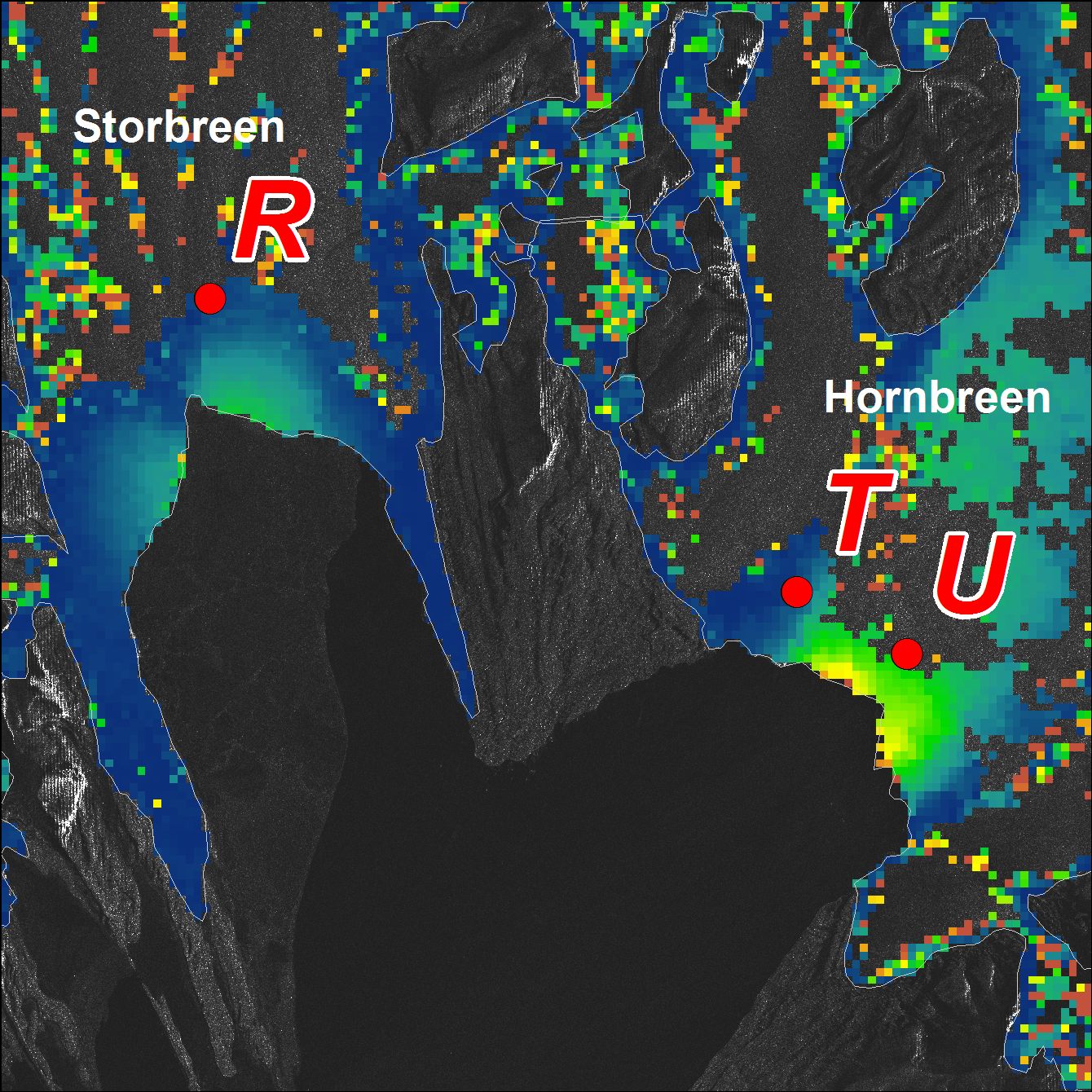Keyword
Environment
Type of resources
Available actions
Topics
Keywords
Contact for the resource
Provided by
Representation types
Update frequencies
status
From
1
-
1
/
1
-

Glacier velocities are derived from the displacements of four stakes (Z, R, T, U) installed close to the front of three glaciers in Hornsund. Measurements of stakes position were conducted in 2013-2015, with precise dGPS receiver (Leica 1230, accuracy ±5cm) and single-frequency GPS receiver (Garmin, accuracy ±5m). Detailed description of the source data and accuracy can be found in: Błaszczyk M., Ignatiuk D., Uszczyk A., Cielecka-Nowak K., Grabiec M., Jania J., Moskalik M., Walczowski W., 2019. Freshwater input to the Arctic fjord Hornsund (Svalbard). Polar Research, 38. https://doi.org/10.33265/polar.v38.3506
 Centre for Polar Studies
Centre for Polar Studies